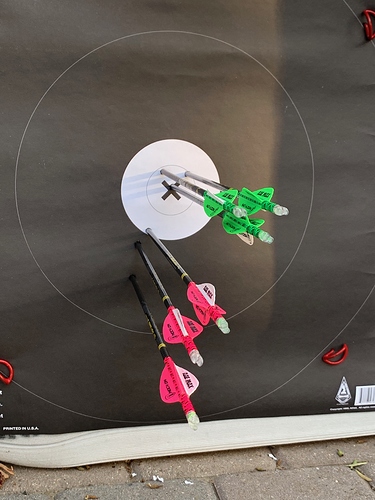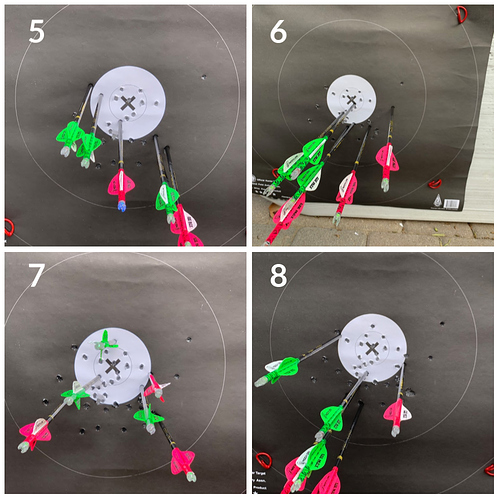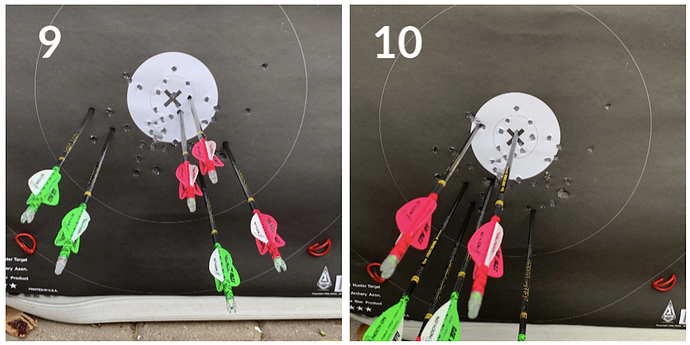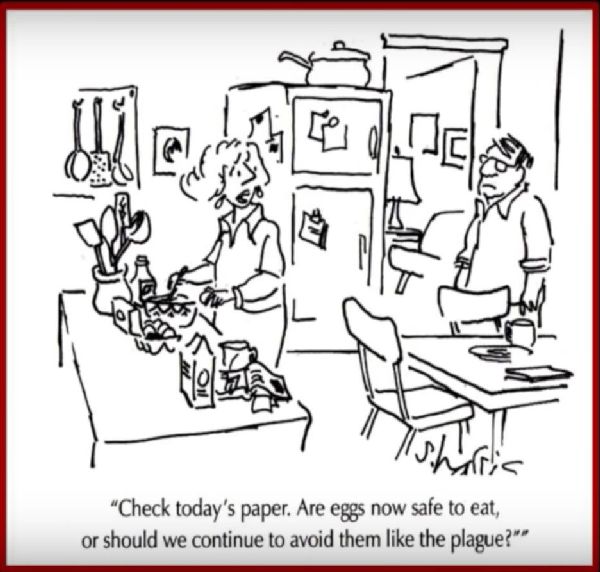John P.A. Ioannidis is the author of what’s widely quoted as one of the most downloaded papers in history, “Why Most Published Research Findings are False”, in which he presents data that as much as 70% of published science is wrong.
In an article in the Journal of the American Medical Association (JAMA) last year, he took on nutritional epidemiology. Bottom line, this field has got to be fixed because it is just so far from what’s considered science that it’s dangerous. Not only is it endangering peoples’ health, it’s ruining confidence in science as a way of finding out how the world works. You can read or save the paper (2 page pdf) here.
Some quotes to get you to read it.
In recent updated meta-analyses of prospective cohort studies, almost all foods revealed statistically significant associations with mortality risk.1 Substantial deficiencies of key nutrients (e.g., vitamins), extreme over consumption of food, and obesity from excessive calories may indeed increase mortality risk. However, can small intake differences of specific nutrients, foods, or diet patterns with similar calories causally, markedly, and almost ubiquitously affect survival?
One of my favorite paragraphs, with some emphasis added.
Assuming the meta-analyzed evidence from cohort studies represents life span–long causal associations, for a baseline life expectancy of 80 years, eating 12 hazelnuts daily (1 oz) would prolong life by 12 years (ie, 1 year per hazelnut),1 drinking 3 cups of coffee daily would achieve a similar gain of 12 extra years,2 and eating a single mandarin orange daily (80 g) would add 5 years of life.1 Conversely, consuming 1 egg daily would reduce life expectancy by 6 years, and eating 2 slices of bacon (30 g) daily would shorten life by a decade, an effect worse than smoking.1 Could these results possibly be true?
No they can’t be true. They’re a result of the way these meta-analyses work; they find spurious correlations.
Individuals consume thousands of chemicals in millions of possible daily combinations. For instance, there are more than 250 000 different foods and even more potentially edible items, with 300 000 edible plants alone. Seemingly similar foods vary in exact chemical signatures (eg,more than 500 different polyphenols). Much of the literature silently assumes disease risk is modulated by the most abundant substances; for example, carbohydrates or fats. However, relatively uncommon chemicals within food, circumstantial contaminants, serendipitous toxicants, or components that appear only under specific conditions or food preparation methods (e.g., red meat cooking)may be influential. Risk-conferring nutritional combinations may vary by an individual’s genetic background, metabolic profile, age, or environmental exposures. Disentangling the potential influence on health outcomes of a single dietary component from these other variables is challenging, if not impossible.
The JAMA article by John Ioannidis is a good read, but it’s a scientific/medical paper and a bit dense for people who aren’t roughly familiar with the statistical methods. I found the link to it on Watts Up With That, a weather/climate science website and the author there used the paper to draw links between the problems in nutritional epidemiology and the problems of climate modeling.
His article may be more readable.






